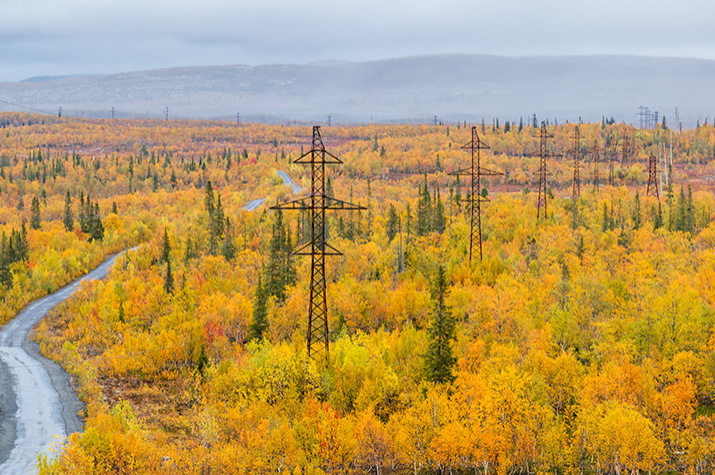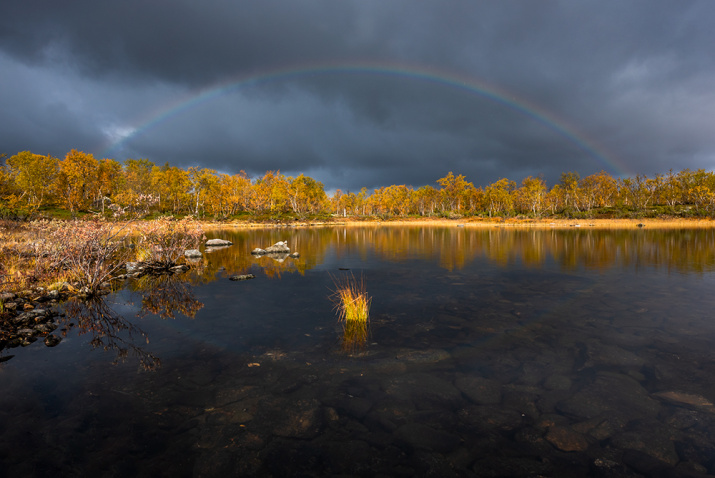Have you ever thought about the possibility of turning an entire planet into an enormous waveguide? You would say this idea is bordering on fantasy. The Russian Navy has been using it for 36 years…
At the end of the 1970s, the scientific community and industrial enterprises of our country created a unique object – a heavy-duty transmission antenna system of ultra-low-frequency (ULF) communication named "ZEVS". It was designed to transmit messages to deep-submerged mobile facilities.
But why was the unique radio station built on the Kola Peninsula and not somewhere else? After all, determining the location for such a grandiose object is not an easy choice. Many factors have come together, but the main and decisive was the geology of the Kola Peninsula.
In order to create a planetary waveguide, certain geological properties of the terrain were necessary – low thickness of sedimentary deposits (in the north-west of the Kola Peninsula it is practically absent) and low thickness of the granite layer (on the northern coast the basalt layer begins at 7-8 km). So, the base of the planetary waveguide is the basalt layer of the earth's crust. Its role is to shield the signal generated by heavy-duty transmitters with virtually no loss of output power. The Earth's ionosphere is the second component of the waveguide. The basalt layer, like the ionosphere, exists anywhere on the planet, that is why "ZEVS" literally "sees through the Earth."
The usage of "ZEVS" is not limited to just military purposes. The powerful electromagnetic field emitted by the super-powerful station penetrates tens of kilometers deep into the Earth and allows scientists to study its internal structure with high accuracy. Since early 90s, the facility has been working for the benefit of applied and fundamental science. It provides significant opportunities for studying areas of the Barents Sea shelf that are possibly rich with oil and forecasting earthquakes almost anywhere in Russia.
If you really care about what you do, you will be able to grow Crimean roses even in our harsh climate.









